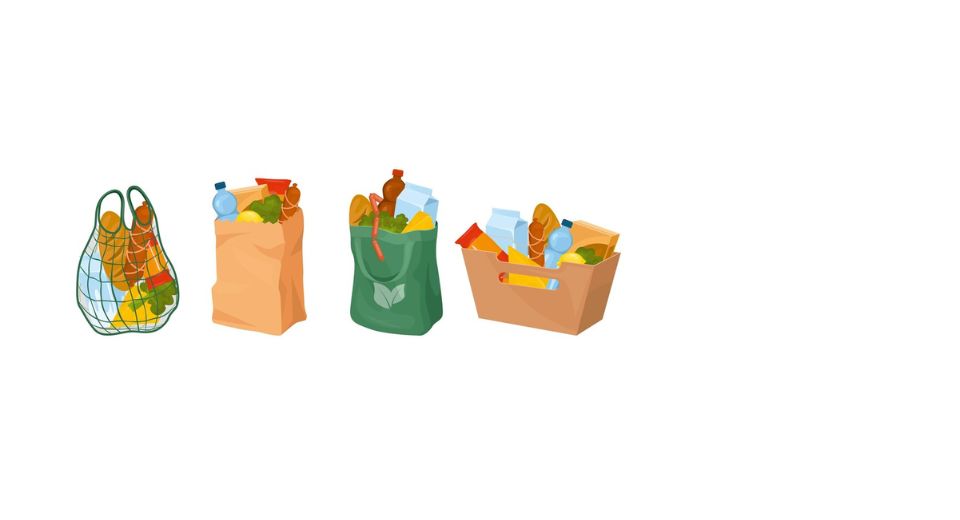
Jun 20, 2025

The new report released by Metastat Insight provides clarity on the nature of the Global Octene Copolymer Linear Low Density Polyethylene market, with a comprehensive review of its state in various geographies and applications. The research does not just provide insight into statistic values or forecasts, but aims to provide a general overview of how this specific polyethylene form performs across industrial applications. The observations set out therein imply a strong relationship between production technologies and shifting patterns of demand, particularly in sectors where flexible packaging materials are coming into favor on the grounds of functionality and cost-effectiveness. These findings point as much to the extent of activity in the market, as to the shifting flavor of expectations among manufacturers, processors, and end-users.
Global Octene Copolymer Linear Low Density Polyethylene market is estimated to reach $27,390.5 million in 2025 with a CAGR of 4.9% from 2025 to 2032.
Octene copolymer types of LLDPE have, however, over the years, drawn concerted interest because of the equilibrium they provide between tensile strength and flexibility. Such properties have rendered them appropriate for use in a number of applications, ranging from stretch film to farm sheets and containers. But what provides this material with a perceivable uniqueness is the contribution of octene, which helps improve impact strength and processability. Converters and producers have grown more toward this variant when seeking particular film features, particularly those that can withstand resistance without loss of transparency or flexibility. Although the basic nature of the compound's performance in diverse extruding processes is the same, its compatibility with current apparatus has prompted producers to reassess how they tailor outputs for diverse end-use requirements.
Trendsin the supply chain also affect the material's position within international trade. As more recent regional actors enter manufacturing, there has been a realignment of how raw materials are procured, logistics networks are designed, and whose economies become key nodes for import or export operations. Having integrated facilities in certain countries has already begun to reshape margins and commercial viability for importers in nearby regions. Interestingly, such a shift in supply networks is not always smooth, especially when trade barriers, currency movements, or energy prices come into the equation. These elements, though not directly apparent, have a significant impact on businesses heavily entrenched in plastics processing.
Another dimension that keeps shaping this segment is the industry outlook toward sustainability and compliance. Single-use plastics regulations have changed the type of films businesses want to invest in, and this has a downstream effect on demand for particular grades of octene-based LLDPE. The base material is not biodegradable, but its recyclability and forward-looking compatibility with new waste management solutions enable manufacturers to fit their strategies into wider environmental frameworks. Despite that, technical performance and regulatory compliance continue to be a balancing act that demands constant conforming to regional legislations as well as public opinion.
Techno infusion in the production of this material has been another sector that has seen many changes. Be it the application of metallocene catalysts or varying co-monomer ratios, manufacturers are ever on the lookout for how to minimize operational costs without compromising on quality. This has not just enhanced product consistency but also brought with it opportunities to niche markets where erstwhile material availability had been insufficient. The range of demands evolving across industries like construction, packaging, medicine, and agriculture necessitates such technical honing, not to mention the greater universality of the Global Octene Copolymer Linear Low Density Polyethylene market.
Price trends over the last few years have given an extra layer to the perception of the material in value terms. It's no longer simply the initial cost of resin that matters, but rather how it can be utilized with efficiency and what it brings to the end product. The weight-to-strength ratio, the rate of waste during production, and how quickly conversion is made all factor into purchasing decisions. In thin-margin markets and tightening customer expectations, even slight variations in film performance or consistency can drive long-term supply contracts. Companies that previously bought LLDPE grades on price alone now make decisions based on a range of factors, and octene copolymer grades are being judged through a new prism for this reason.
As more industries get involved in long-lasting but light-weight materials, the direction of demand for this type of polyethylene will tend to follow a perceptible trend. It is not simply a matter of growing volume but diversification in applications. Firms in various points of the production and utilization chain are now reconsidering their material choices with regard to both the demands of performance as well as operational sustainability. The transition isn’t uniform, but the broader signals suggest that the material’s role in future manufacturing practices will remain substantial.
Therefore, the thorough analysis offered by Metastat Insight offers a thorough consideration of the position the Global Octene Copolymer Linear Low Density Polyethylene market is in today and where it may be going in the near future. With several forces at work—whether technological, environmental, or logistical—the market exists in a special position of equilibrium between industrial expansion and adaptation.
Drop us an email at:
Call us on:
+1 214 613 5758
+91 73850 57479